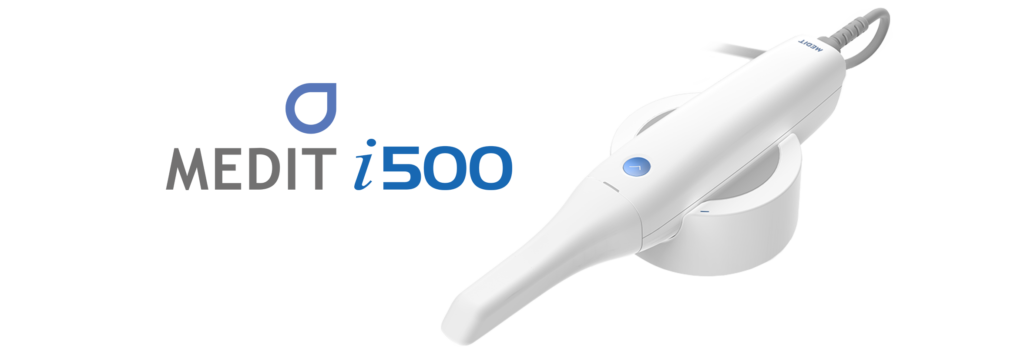Intraoral examination refers to the assessment of the oral tissues and structures to evaluate their overall condition. The use of an intraoral camera provides dentists with high-quality images that enable them to diagnose tooth decay, gum disease, and other symptoms, thereby enhancing the standard of care provided. Patients also benefit from the insight provided by the images.
The intraoral examination involves a systematic examination of both soft and hard tissues. This paper will focus on the soft tissue examination. It is essential to perform the intraoral examination with every new evaluation and to methodically assess all areas to minimize the likelihood of missing any regions. Technological advancements allow practitioners to photograph any unusual or unexpected findings and include them in the clinical record, which is often more useful than an illustration.
During the intraoral examination, the following areas should be assessed:
- Lips: The vermillion border should be even and distinct, and the lips should appear smooth with a uniform pink appearance. Practitioners should also notice symmetry, tissue consistency, texture, and color and check for any lumps.
- Mouth: The patient should be encouraged to lift their tongue to enable the clinician to see the mouth’s floor clearly. A mirror may be helpful to examine the most posterior features of the floor of the mouth.
- Tongue: The examination of the tongue is particularly crucial when screening for oral cancer, as the lateral border of the tongue is a common location for mouth cancer to develop.

